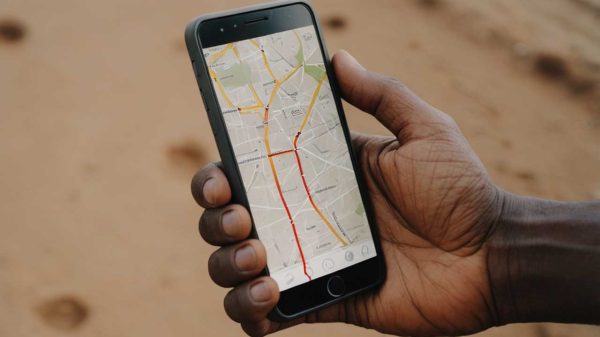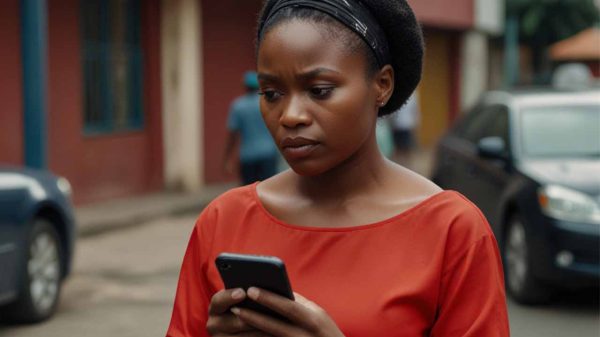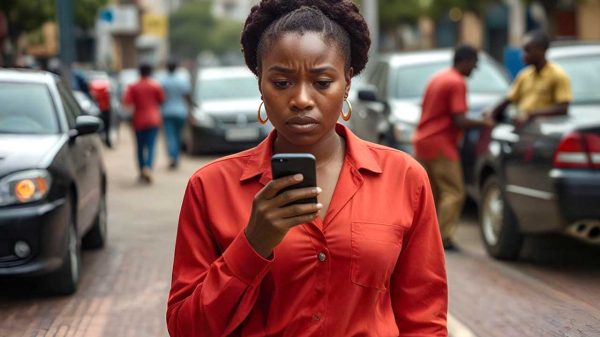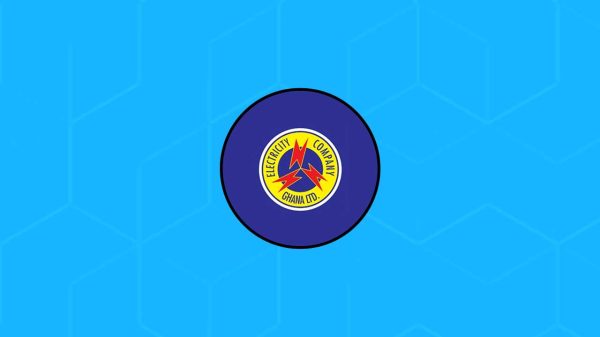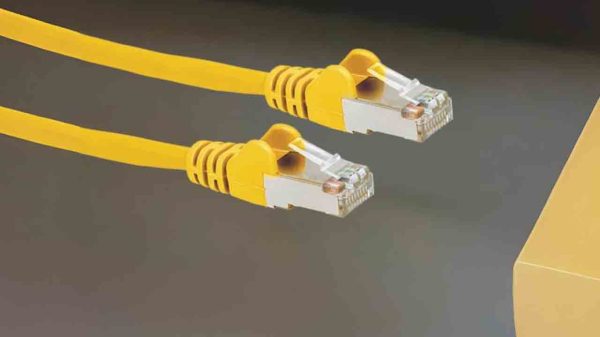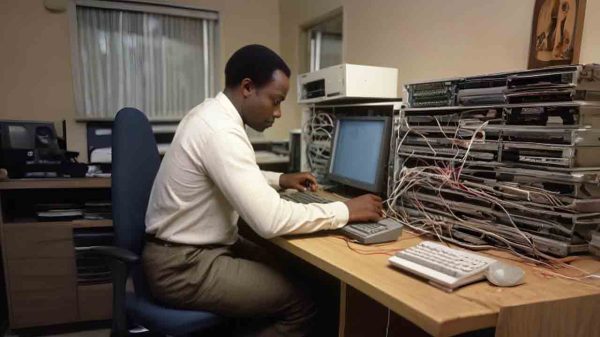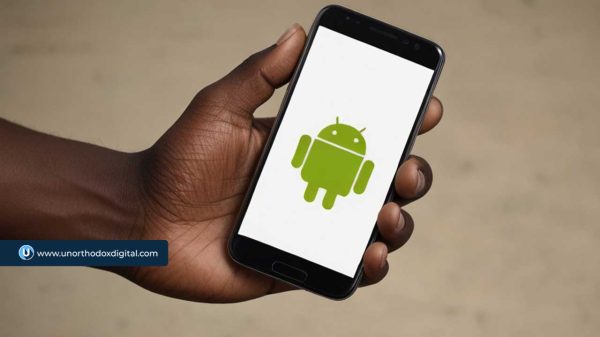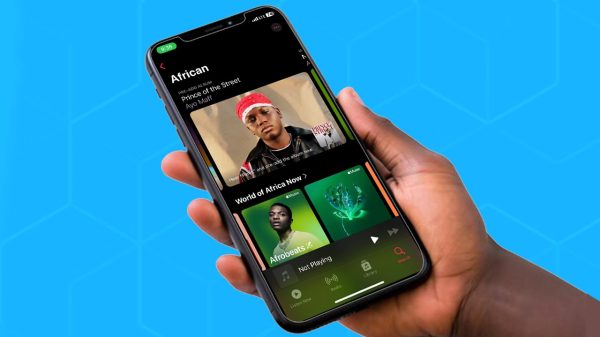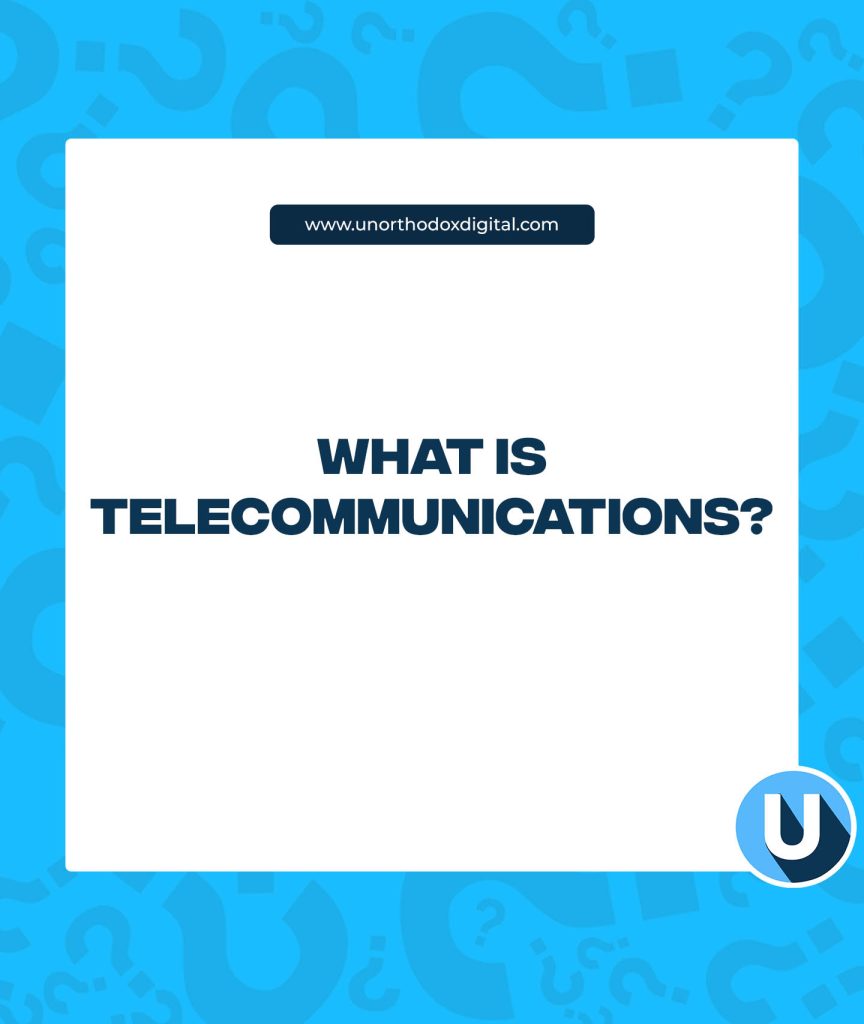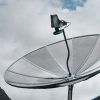Imagine you’re standing in your backyard, and you want to tell your friend who lives a few streets away something important. You could yell, but your voice wouldn’t travel that far. Now, what if you had a magical string that could carry your voice straight to your friend’s ear? That’s basically what telecommunications does—but instead of magic, it uses technology!
At its core, telecommunications means sending and receiving messages over long distances. “Tele” means “far” and “communication” is just a fancy way of saying talking, texting, or sharing information. So, telecommunications is just a way for people to connect, even when they’re far apart.
How Does It Work?
Think about making a phone call. You say something into your phone, and—zip!—your voice is turned into invisible signals that travel through wires or through the air (like WiFi or cell signals). On the other end, your friend’s phone grabs those signals and turns them back into your voice. That’s telecommunications in action!
But it’s not just phones. The internet, TV, and even old-school radios all rely on telecommunications. When you send a text, watch a YouTube video, or listen to your favorite song on a streaming app, signals are bouncing around through cables, satellites, or wireless networks to deliver that information to you almost instantly.
Then and Now
Telecommunications has been around for thousands of years—just in different forms. Long ago, people used smoke signals, drum beats, and even messenger pigeons to send messages across distances. Then came inventions like the telegraph, which used electrical pulses to send coded messages. The telephone made it possible to hear voices from miles away, and now we have high-speed internet, which lets us video call people on the other side of the world in real time!
The Telecommunications Trio
Every telecommunications system needs three main things to work:
- A Sender – Someone or something that sends a message (like your phone when you make a call).
- A Medium – The path the message takes (like cables, radio waves, or satellites).
- A Receiver – Someone or something that gets the message (like your friend’s phone).
Why Is It Important?
Without telecommunications, we wouldn’t have the internet, social media, video calls, or even TV! It connects people, businesses, and even entire countries. It lets us share ideas, learn new things, and stay in touch with loved ones no matter where they are.
Frequently Asked Questions (FAQs)
1. What is a telecommunications job?
A telecommunications job involves designing, installing, maintaining, and troubleshooting communication systems like phone networks, internet infrastructure, and satellite systems. Roles include network engineers, telecom technicians, and system analysts.
2. What are the three types of telecommunication?
The three main types of telecommunication are:
- Wired Communication – Uses physical cables like fiber optics and coaxial cables.
- Wireless Communication – Includes radio waves, cellular networks, and satellite communication.
- Optical Communication – Uses light signals, such as fiber-optic technology, for high-speed data transmission.
3. What are the 4 types of telecommunication services?
- Voice Services – Landline and mobile phone calls.
- Data Services – Internet access, broadband, and cloud computing.
- Video Services – Streaming, video conferencing, and digital TV.
- Broadcasting Services – Radio and television transmissions.
4. What are the four main types of telecommunications cables?
- Twisted Pair Cable – Common in telephone lines and LANs.
- Coaxial Cable – Used for cable TV and broadband internet.
- Fiber Optic Cable – Provides high-speed data transmission using light signals.
- Ethernet Cable (Category Cables) – Used in wired networking (e.g., Cat5, Cat6 cables).
5. What are the five telecommunication means?
- Telephone Communication – Landlines and mobile phones.
- Radio Communication – AM/FM radio, two-way radios.
- Television Broadcasting – Satellite and cable TV.
- Internet Communication – Email, VoIP, instant messaging, and social media.
- Satellite Communication – GPS, satellite TV, and global internet coverage.
6. What are the three most important components of telecommunication?
- Transmitter – Converts information into signals for transmission.
- Transmission Medium – Channels like cables, radio waves, or fiber optics that carry signals.
- Receiver – Converts signals back into usable information.
7. What are the methods of telecommunication?
- Wired Methods – Telephone lines, fiber optics, and ethernet cables.
- Wireless Methods – Cellular networks (2G, 3G, 4G, 5G), Wi-Fi, and Bluetooth.
- Optical Methods – Fiber-optic communication for high-speed data transfer.
- Satellite Communication – Uses satellites for long-distance and global coverage.
- Radio and TV Broadcasting – AM/FM radio, digital radio, and television signals.
So, next time you send a text or stream a movie, take a second to appreciate the amazing world of telecommunications. It’s working behind the scenes to keep us all connected!

